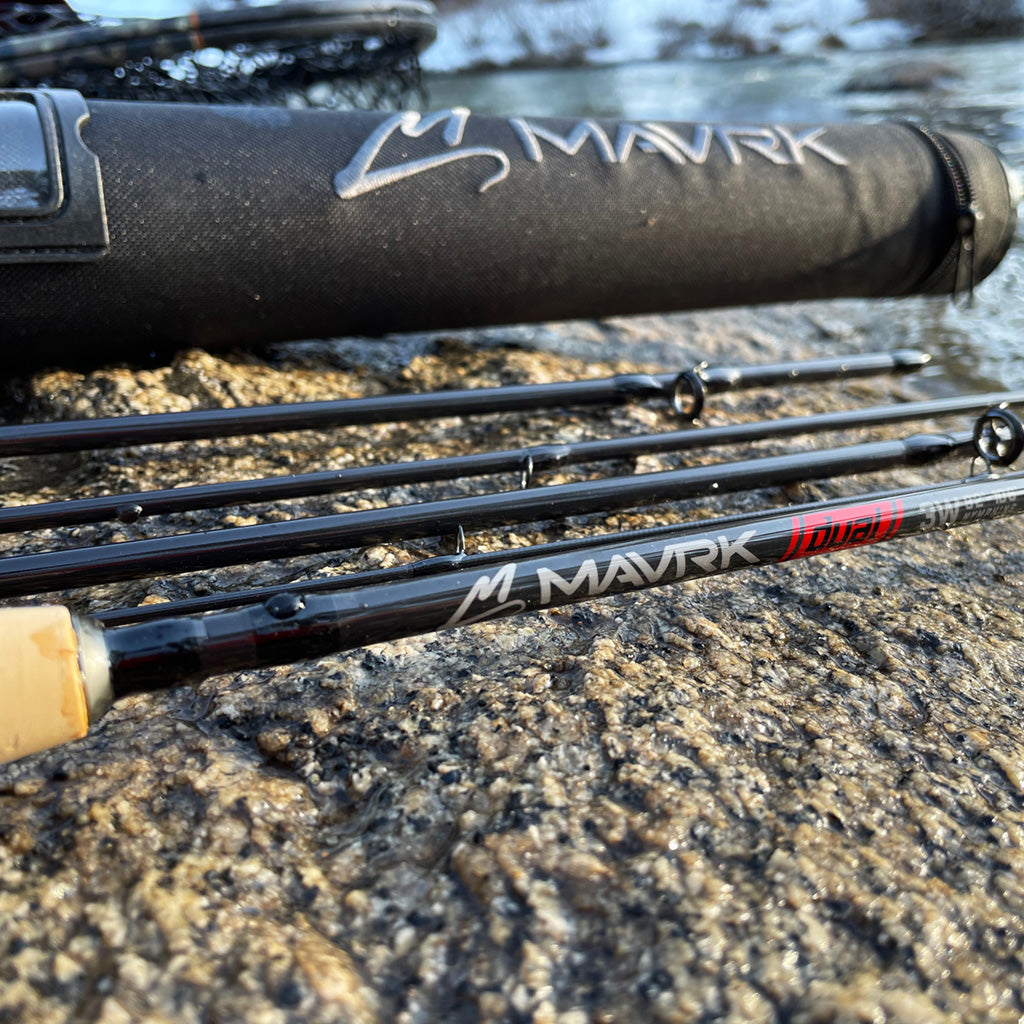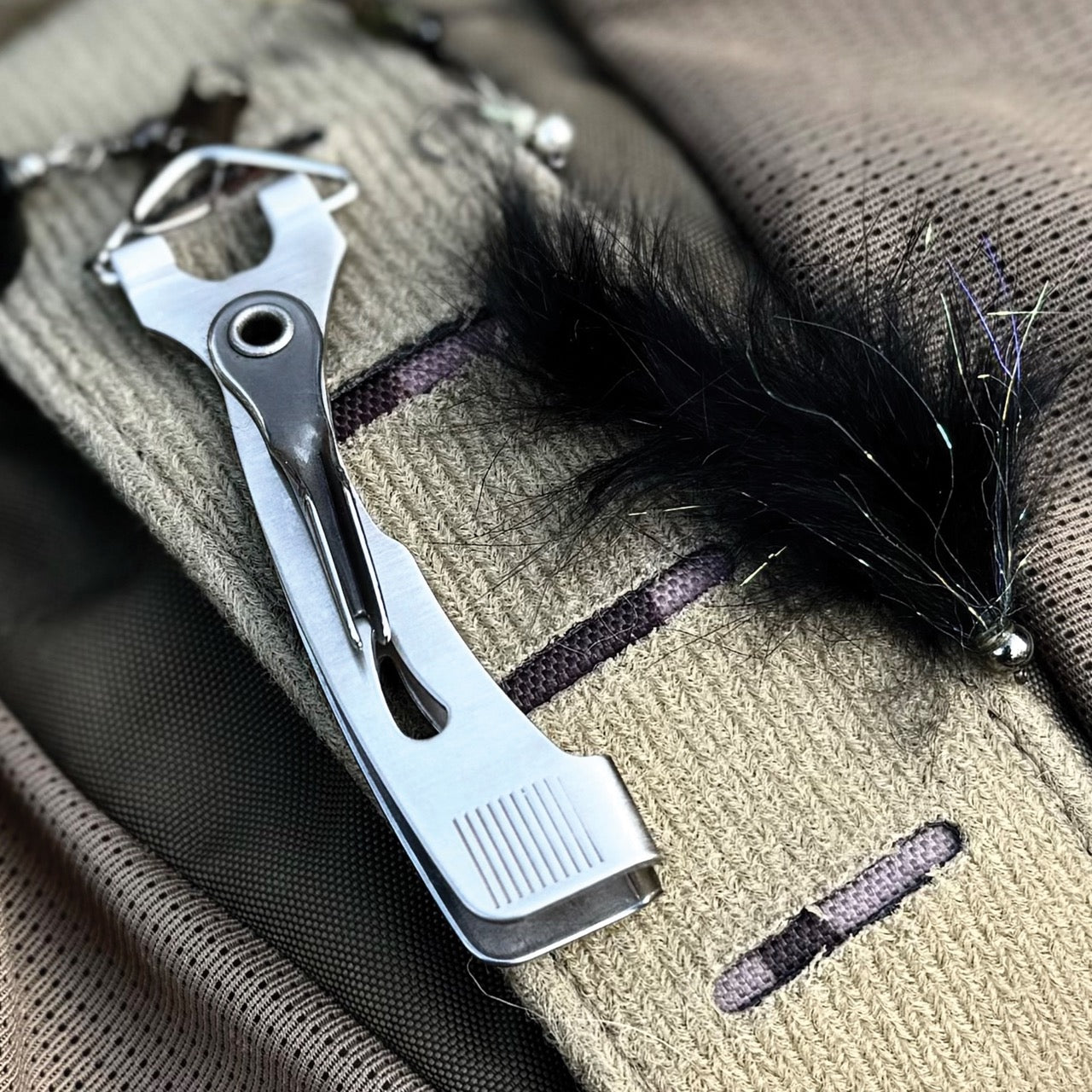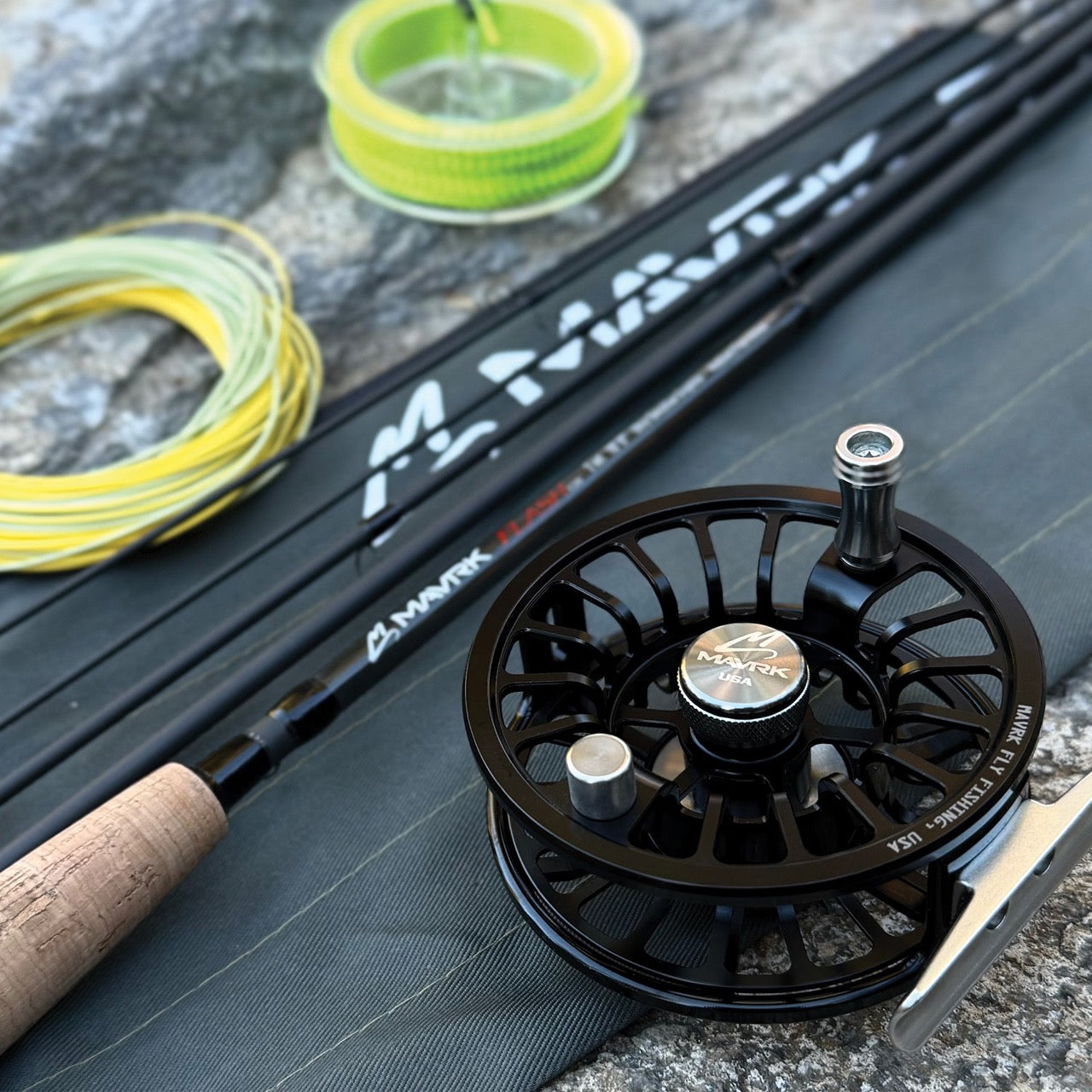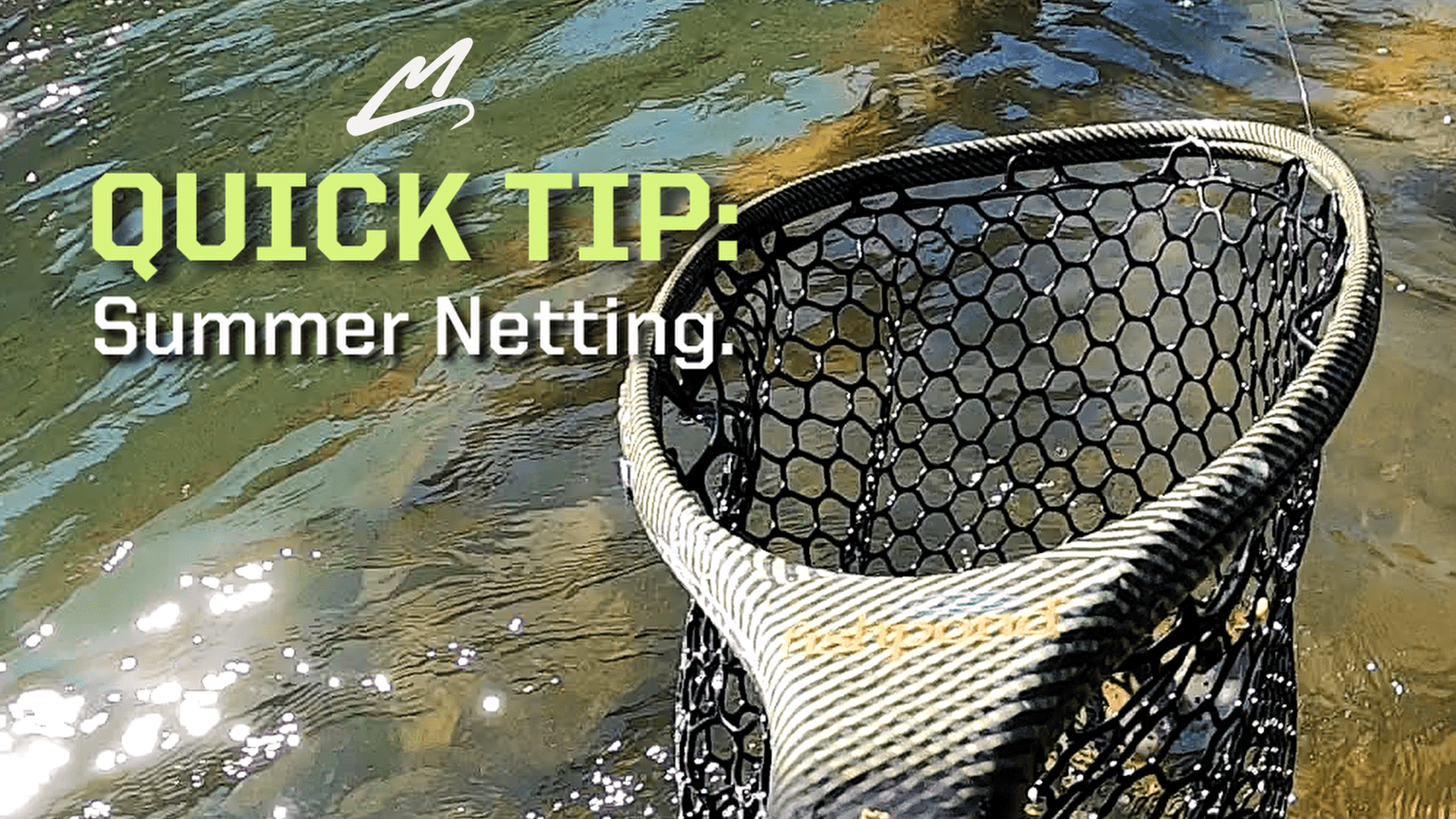Improving Your Net Game.
Netting trout is a skill in and of itself. It’s something that takes a lot of practice to get good at and only experience makes you better. It’s not something you can really practice in your backyard like casting and knot tying- it’s something you must do in the water and it’s something you must think about even before your net is drawn. In some cases, even before you make your first cast.
Here are three reasons why good netting skills are important:
- Lack of netting skill can harm the trout, not to mention bad handling skills, but we’ll talk about that another time.
- Poor netting skills can also put you, the angler, at risk of a water disaster where the outcome could be catastrophic. Young or old, big or small, we are no match for a raging river.
- Lastly, and least important is that you’ll lose fish due to poor netting skill. Boo hoo.
So, what whichever of the three aforementioned reasons are of concern to you, here are a few things to consider when trying to improve your net game:
When to have a net and when not to have a net
We’ve all caught fish without a net. Heck, some experts even think the net is too trivial to use on trout. They carelessly dangle a flopping fish in the air until they can slowly manage the fly between their fingers and then yank it the opposite direction out of the fish’s mouth. The fish free falls into the water while the angler feels proud that he/she was able to release the fish without touching it. It’s a horrible practice. Don’t do it.
I personally think that trout anglers should always use a landing net. Regardless of how big or small the trout is, releasing the hook pressure from the fish’s mouth using a net will minimize damage and trauma to the unsuspecting trout. Also, often small fish are more actively shaking to eject the hook, while the big fish tend to snap the knots and tippet when under excessive pressure when line handling without a net. So whatever size the fish is, getting it into a net is a good idea.
What type of net is best
To me, a net is sort of like a rod- there is no “one size fits all.” I have different nets for different occasions. Here’s how I choose which net comes with me that day.
Obviously, the bigger the fish you are hunting the bigger the net you should carry. Catching a small 8” Brookie isn’t as fun with a giant net- ha ha.
And big nets are cumbersome to carry in thick high mountain brush. But if I’m stalking a big fish it doesn’t matter how far I’m hiking, I'll bring a larger net. So, fish size matters.
With that being said, on extended all day hikes, I’ll usually take my lightest net. It has a thin aluminum frame and a wide opening. It has a fine light mesh bucket that is much lighter than the rubber mesh. It has a built-in elastic tether so I don’t need my big clunky net retractor. It’s made by Adams Built.
Sometimes I’ll do a trail run to the river from my house. In that case I’ll wear a backpack with my narrow wooden net inside. When I get to the river I pull out the net and small waist pack that has some basic fly fishing gear (flies, tippet etc.).
Water type also plays a factor in my net choice. In very fast water I prefer my Fish Pond composite frame net that has a long narrow hoop, long handle and rubber basket. The water flows through this net better but this net is heavy and bulky. The long handle gives me confidence with two hands when netting my buddy’s fish- something you should never f*ck up! I also like that it’s constructed with a Carbon/Kevlar weave that looks fantastic in my fish pics. If I’m out to shoot photos and video I make sure to bring this net, regardless of its bulk.
Lastly, I have a large net with a long retracting handle. I keep this in the back of the boat when netting for the angler in the front of the boat. I never wade fish with this net, even if I’m hunting big fish, because I can’t scoop a fish one handed with it– the longer a net, the less power and leverage you have in the water. It’s strictly a two handed net for assisting another angler.
Set your ego aside
Catching and netting a fish completely on your own is as fun and rewarding as fly fishing gets. However, there are times when you have to set your ego aside for either safety reasons or for the good of the fish.
Fly fishing is physically taxing, especially on hot days, cold days, trekking long distances, and from fighting the water currents. And then there’s the occasional waking up at 4am!
When it’s time to net a fish we’re always going to be compromised in some way. Even in peak physical conditions, fly anglers wade in water with precarious rocks and mud, fast current, and distorted vision when looking into the moving water. Don’t let ego or excitement rule over good judgment. Before you fish an area, make sure you can safely net a fish should the opportunity present itself. It doesn’t matter how “fishy” a spot looks, pass on it if you are unsure of your ability to net that fish without going for an unintentional swim.
Netting trout in warmer water
Even with good netting skills, netting your own fish usually takes much more time than letting your fishing partner help with the scoop, especially with bigger fish.
When fishing in warmer summer waters around 63 to 67 degrees, a Trout's mortality rate increases as lactic acid levels increase during a fight, so keep it fast. In the video, we were fishing in 66 degree water and decided to double team the fish so we could get them in the net and release them quickly.
And when the water temperature surges above 67 degrees it’s best to just call it a day. It’s hard to leave fish, I know that feeling- it helps me to think about that cold beer waiting at the truck.
5 TIPS for the Netman
- Never get between the fish and the angler. This is to avoid contact with the line. With big fish the tippet line has a lot of tension and even the slightest contact can pop the line or one of the knots. Also, the fish can swim around the netman and snag the 2nd or 3rd fly on his/her leg- ouch!
- Position yourself downstream of the angler and his fish. The current makes it easier for the angler to steer or back the fish into the netman when he is downstream. Also, the fish is less likely to see a downstream netman so less likely to spook and bolt.
- Position yourself in a safe place. A netman isn’t much good if he falls in the river and gets washed downstream. This probably should be item #1.
- Have good timing. Watch what the fish is doing and scoop it at the right time. Don’t just put your net in the water and hope for the best. It takes skill to be a good netman.
- Use two hands. Set your rod down on the bank and use two hands on your net. This gives you maximum leverage and control of the net when scooping the fish in moving water.
Watch Video
Fish safe and protect the fish- we only live once.
By Jeff Sasaki


















Leave a comment (all fields required)